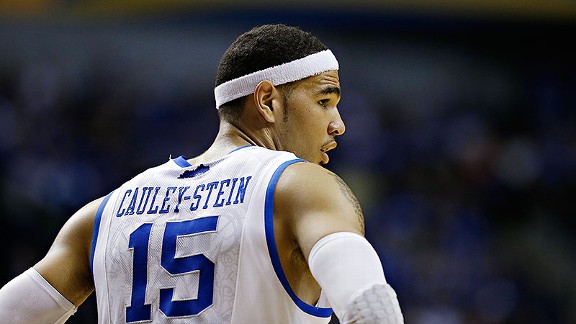One of the familiar refrains for any of Erik Karlsson’s staunchest critics is that he does not play enough shorthanded minutes to merit serious consideration for the Norris Trophy. Incorrectly asserting that his average of 33 seconds of shorthanded ice-time per game must be some reflection of his abilities (or lack thereof) as a defender. It has created a situation in which pundits and members of the PHWA itself actually believe Karlsson is being sheltered by the coaching staff and assert that a true Norris Trophy winner should be able to kill penalties.
To which I respond by saying, what makes someone believe that he can’t?
Last season, under Cory Clouston, Erik Karlsson finished third amongst Senators defencemen behind Chris Phillips and Filip Kuba in total SH TOI with 110:06.
|
Games Played |
Total SH TOI |
Average SH TOI/G |
|
|
Chris Phillips |
82 |
290:26 |
3:32 |
|
Filip Kuba |
64 |
159:44 |
2:29 |
|
Erik Karlsson |
75 |
110:06 |
1:28 |
|
Sergei Gonchar |
67 |
106:47 |
1:35 |
|
Brian Lee |
50 |
106:14 |
2:07 |
|
Matt Carkner |
50 |
99:12 |
1:59 |
Being the defensive liability that Karlsson is, one would imagine that the young Swede would be exposed playing against many of the team’s best offensive talents. Yet, according to Behind the Net’s data, here are the number of shorthanded 4v5 goals that each of the aforementioned defencemen were on for:
|
4v5 Goals Against |
|
|
Chris Phillips |
25 |
|
Filip Kuba |
15 |
|
Matt Carkner |
11 |
|
Sergei Gonchar |
11 |
|
Brian Lee |
6 |
|
Erik Karlsson |
3 |
* Ottawa allowed four 3v5 shorthanded goals last season.
Now if Karlsson can play on the penalty kill like he demonstrated that he could last season, why isn’t Paul MacLean permitting him to do so?
Perhaps and the rest of the coaching staff have come to the realization that the correlation between effective specialty teams and success in standings is weak. (And well documented. You can read more about it here, here and here.)
This season is no exception. Of the top sixteen penalty killing units, four belong to non-playoff teams. The Montreal Canadiens for example, may have the league’s second best PK but they’re also tied with the Edmonton Oilers for having the second-worst record in the NHL. On the power play, things aren’t much different. Five of the top sixteen power play rates belong to teams that are currently out of the picture.
The statistic that has gained some significant traction as being a predictor of NHL team success is a team’s Fenwick number. Named after its creator, Calgary Flames blogger Matt Fenwick Vic Ferrari, it is a measure of puck possession that measures all 5 on 5 shots on goal and missed shots for and against when a given player is on the ice.
Earlier this season, when the Minnesota Wild were atop the NHL standings with a 20-7-3 record, the sabermetric crowd looked at their underlying puck possession metrics and determined that the Wild were in for some serious regression.
According to Daniel Wagner from The Score, this was predicated on Minnesota’s horrendously bad Fenwick rating when the score was tied:
The golden statistic for most advanced stat lovers early in the season is Fenwick Tied. A team’s Fenwick number is basically just their shot differential at even-strength, including goals, shots on net, and missed shots. “Tied” indicates that the statistic is only looking at shots when the score is tied, because teams tend to attempt more shots when they’re losing and allow more shots when they’re winning.
The reason Fenwick Tied gets so much attention is that it has been shown to be a very good indicator of future success (or failure). Teams with terrible Fenwick Tied numbers tend to lose more games as the season goes on and the Minnesota Wild had the worst Fenwick Tied number in the entire league. Considering they were first in the NHL at the time, pretty much every single hockey blogger outside of Minnesota said that the Wild were due for a fall.
To sum up: the Wild were getting lucky and were bound for regression to the mean, which is just a fancy way of saying that the Wild were going to start losing games. A lot of games.
As we can see from the way in which MacLean has maximized Erik Karlsson’s even strength ice-time while playing him against the opposition’s best players, it’s quite apparent that the coaching staff recognizes and values the importance of his puck possession capabilities. By exploiting these minutes, he simply gives the Ottawa Senators a better opportunity to have team success.
Add The Sports Daily to your Google News Feed!
